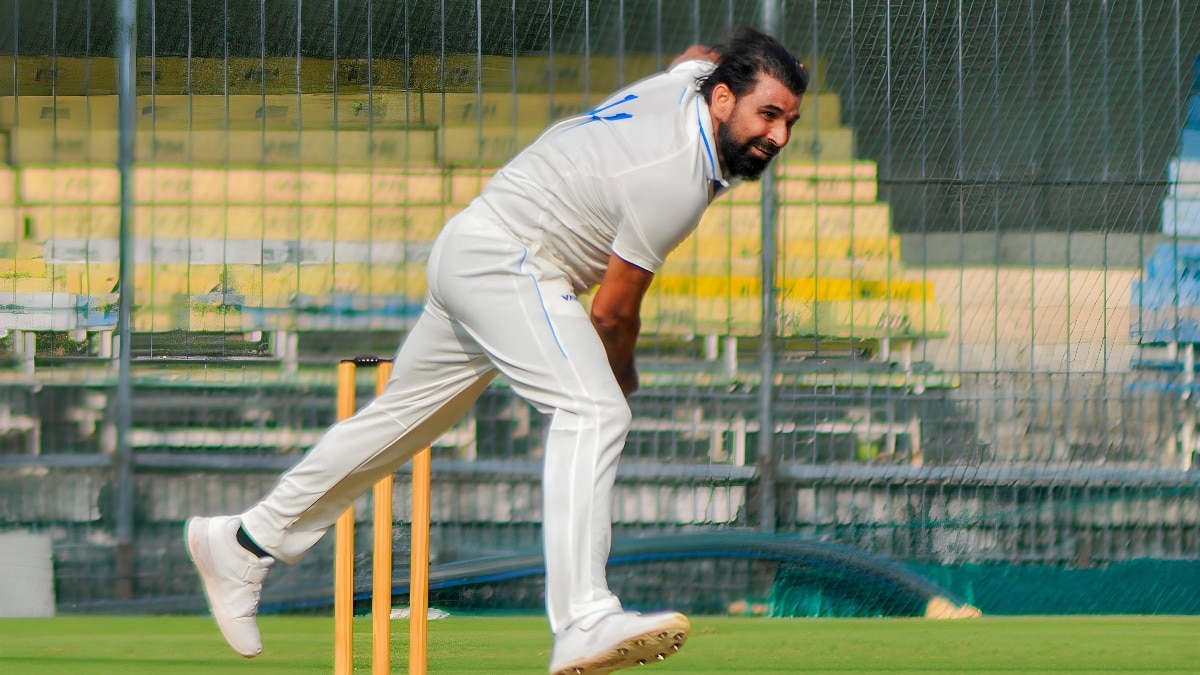Major military exercise resumes in the NT after Italian jet crash

- by Admin
- July 25, 2024
In short:
Aviation drills for Exercise Pitch Black have resumed after an aircraft part of the Italian Air Force crashed about 160 kilometres south of Darwin on Wednesday.
The pilot ejected from the jet after it encountered an unknown issue and parachuted to the ground, receiving only minor injuries.
What’s next?
The Australian Defence Force is leading an investigation into the crash, with initial information suggesting it was caused by an issue with the aircraft.
Military exercises have now resumed over Northern Territory skies after a plane crash in a remote part of the territory on Wednesday.
An EFA 2000 Typhoon aircraft, part of the Italian Air Force, crashed about 160 kilometres south of Darwin in the Daly River region at about 10:45am.
The jet was participating in Exercise Pitch Black, a biennial military training event in the NT that involves 20 nations and more than 140 aircraft.
The pilot, who ejected from the aircraft before it crashed, was reported to be “safe and well” on Wednesday, but all flying was cancelled for the rest of the day.
Addressing the media on Thursday, Air Commodore Pete Robinson, Commander of Exercise Pitch Black 2024, said the pilot had launched a parachute “a few thousand feet above ground level” after the jet encountered an unknown issue.
The pilot landed with only minor injuries and was safely recovered within 90 minutes before being flown to Royal Darwin Hospital for precautionary measures, he said.
“It was a textbook recovery that was done by the search and rescue teams plus our airborne on-scene commanders from the Australian Air Force,” Air Commodore Robinson said.
He said the Italian pilot had spent the night in hospital as a precaution, but was “in good health” and expected to be discharged on Thursday.
“He has some scratches, some bruises and he has a pretty exceptional story to tell about his flying in Australia,” Air Commodore Robinson said.
“Certainly for our foreign pilots, after the briefs we’ve given them about crocodiles, snakes and buffaloes, [he] had some time thinking in the parachute on the way down.
“But he’s actually hit the ground in good condition, and our ability to recover him quickly … played a key part in ensuring the pilot is safe and healthy and was recovered to Darwin.”
The plane crashed on pastoral land about 12 kilometres south of the community of Nauiyu (Daly River).
A small fire erupted around the wreckage but was quickly extinguished.
Air Commodore Robinson said the Australian Defence Force (ADF) was leading an investigation into the cause of the crash, working closely with the Italian Air Force, with early information indicating the incident had been caused by an unknown issue with the aircraft.
“Based off the information that we have at the moment, we don’t see any evidence or any requirement to change the construct of the Pitch Black Exercise,” he said.
“We believe that [the crash] is probably down to this one particular aircraft and the events around that.
“It would be inappropriate for me to speculate on any causes at the moment.”
Air Commodore Robinson said investigators had secured the crash site and were expected to remain “on the ground for a while”.
Italy’s first year participating in Exercise Pitch Black
Italy is one of the first-time participants in this year’s Pitch Black, and has invested heavily in the exercise with 23 jet fighters — the equal largest contingent of all 20 countries involved.
The exercise is conducted out of Royal Australian Air Force (RAAF) bases in Darwin and Katherine, with the Northern Territory seen as a critical part of Australia’s defence capabilities given its proximity to the Indo-Pacific.
International and Australian military figures frequently use the term “interoperability” when describing the aims of Exercise Pitch Black, referring to the exchange of communications, tactics and procedures between military forces.
But Italian Navy figures say they want to go one step further, instead using the term “interchangeability” to describe the exchange of personnel and equipment.
Aboard Italian warship the ITS Cavour, anchored off the coast of Darwin, Rear Admiral Giancarlo Ciappina said the Italian Navy would trial the exchange of crews and aircraft with the French Navy in the coming months, with Australian crews poised to take over command of an Italian-led Red Sea taskforce in October.
Prior to its arrival in Darwin, the ITS Cavour was involved in the European Union’s Operation Aspides, as part of a wider US-led international effort to defend Isreali-aligned merchant ships from Houthi attacks in the Red Sea.
Rear Admiral Ciappina said the impact of escalating Houthi attacks had been rising prices of consumer goods throughout Europe.
“If you close a line of communication like the Suez Canal, merchant vessels are obliged to go all around South Africa, adding 14 or 15 days to their navigations,” he said.
“Prices are going to be rising a lot, also the cost of insurance, and all of this is directly paid by our people, the price of goods [goes] up.
“It’s very important that we have safe and free seas.”
Posted , updated
The Latest News
-
December 26, 2024Sam Stosur picks the two women she really wants to make the Australian Open final in her ‘dream’ match
-
December 26, 2024Australian travel vlogger finds the ‘best alcohol on the planet’ in India | – Times of India
-
December 26, 2024What Emma Navarro has done before the Australian Open which has really impressed Jon Wertheim
-
December 26, 2024“Not what I wanted” – Halep withdraws from Australian Open 2025 due to injury
-
December 26, 2024Texas Freshman Tennis Star Maya Joint To Turn Pro Ahead Of Australian Open





